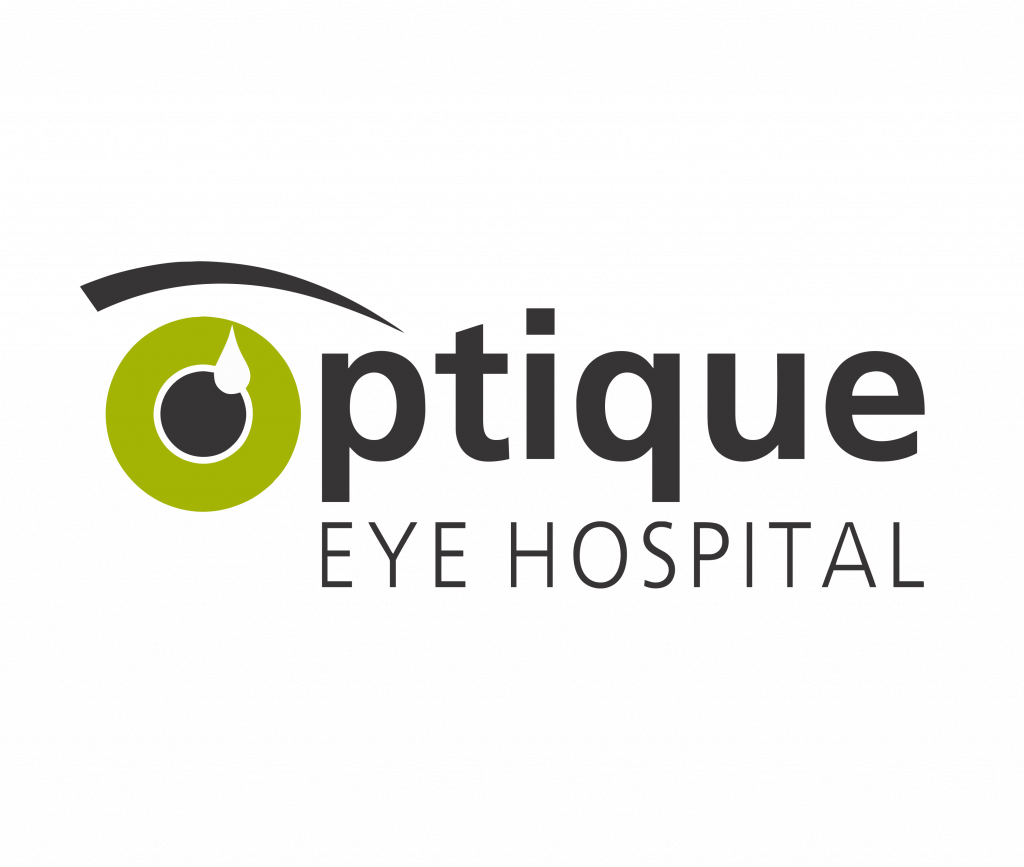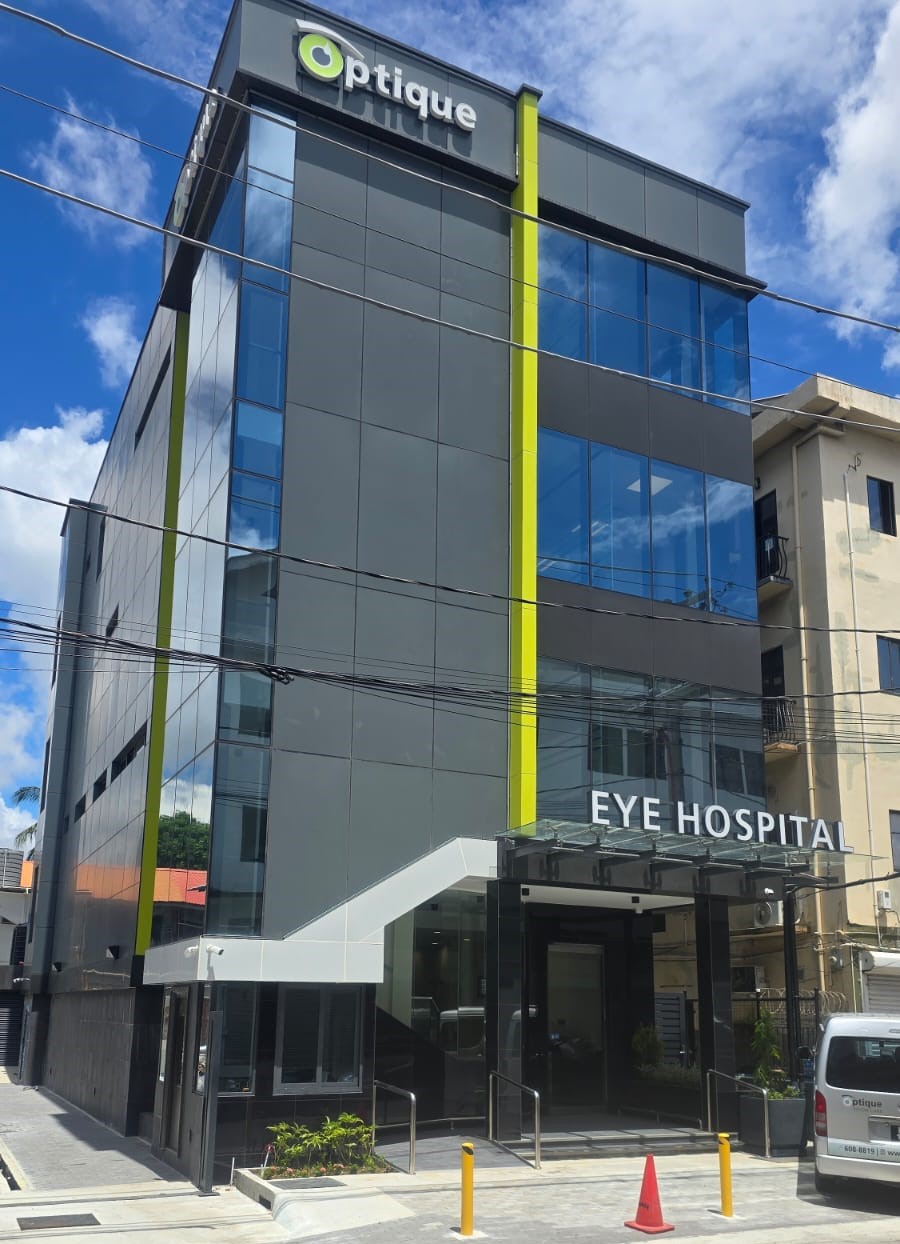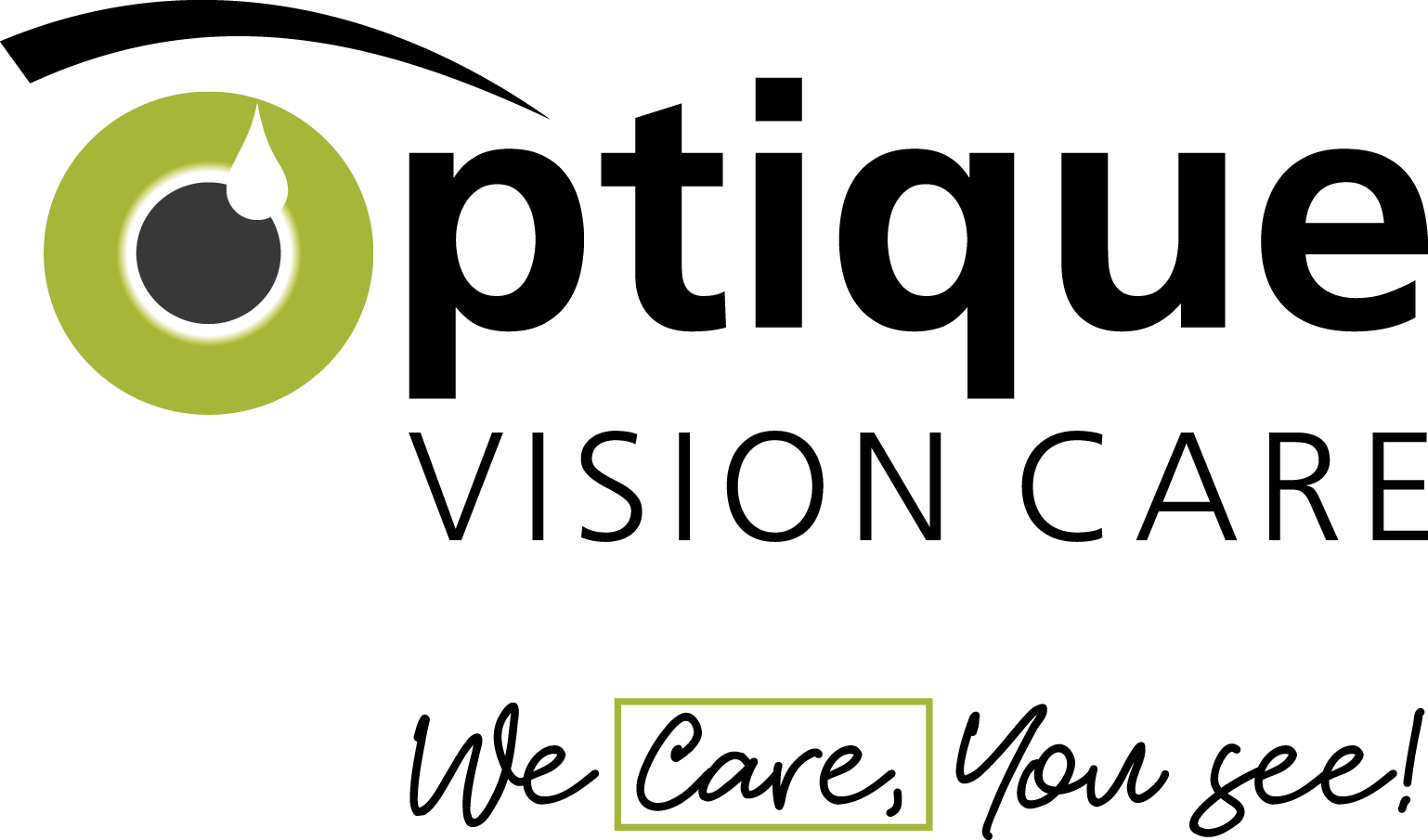

Optique Eye Hospital (OEH) was established with the goal of increasing equitable access to quality ophthalmic surgical services in Guyana in order to improve the quality of life of patients suffering from eye disorders. Optique Eye Hospital is also strategically placed to develop market alliances within the Caribbean and diaspora through a referral programme which will target regional and international patients. We at Optique Eye Hospital commit to providing outstanding customer service and exceptional patient care by:

Dhani A. Narine, B.Eng. MSc. PMP
Chief Executive Officer | Director

Madonna Narine, BSc. Opt.
Company Secretary | Director

Dr. Shailendra Sugrim, MBBS, Dip (Ophth), ChM.
Medical Director | Ophthalmologist

Hardat Singh
Chief Finance Officer | Director
Optique Eye Hospital will provide state-of-the-art care for a range of eye conditions.
OUR SERVICES
Pterygium surgery is a procedure performed to remove the fleshy pink triangular growth on the conjunctiva (or surface of the eye). It is a non-cancerous conjunctival growth caused by exposure to the sunlight. The conjunctiva is a transparent tissue that covers the white of the eye and also covers the inside of the eyelids. Some cases of a pterygium produce little to no symptoms. Large overgrowth of the conjunctiva can cover the cornea and the visual axis of your eyes that will cause blurred vision.
The cornea is located at the front of the eyes that directs light into the pupil of the eye. It is a transparent structure that can become cloudy or opaque due to various conditions such are trauma, infections and distorted growth. Corneal Surgery includes primarily Corneal transplant procedures whereby the cloudy cornea of the eye is replaced by a clear cornea from a donor eye.
Vitreoretinal eye surgery entails a group of advanced, highly delicate procedures that are done in the interior of the eyeball. These surgeries are performed in the part of your eye where the vitreous and retina are located. The vitreous is a jelly-like substance that fills the inside of the eyeball between the lens and retina of your eye.
Vitreoretinal surgery helps to restore, preserve and improve vision for a wide range of conditions. The most common indications for vitreoretinal eye surgery include:
Diabetic Retinopathy: This is a common complication of diabetes mellitus that causes damage to the blood vessels of the retina. This leads to large areas of haemorrhage in the vitreous and on the retina that can block your vision. In advanced cases, diabetic patients also develop fibrous growths on the retina that can detach the retina leading to blindness.
Macular Holes: This is an age-related condition in which a tear in the retina (or hole) develops on the centre of your macula (this is the most important part of your retina that allows us to see clearly). The shrinking of the vitreous jelly with age can cause macula holes.
Macular Pucker or Macular Membranes: This is a condition whereby a growth in the macula causes a wrinkle in fovea leading to distorted or irregular vision.
Retinal Detachments or Tears: Retinal detachment are most commonly caused by tears in the retina though they can also be caused by pulling (or traction) on the retina. In this condition the layers of the normal retina become separated which can lead to permanent blindness. During the early part of their condition patients describe the sensation of seeing curtains floating in their vision or having half of their vision lost.
When is the right time to see an Ophthalmologist?
It is usually recommended to see an ophthalmologist once yearly if you are aged 60 and over and especially if you are at risk of eye disease such as glaucoma. Younger patients who have had an initial eye exam with normal eyes can be seen every 2-3 years. If you need to wear spectacles then younger patients need to be assessed earlier at least once yearly.
You should visit an eye care professional if you have symptoms such as:
A person should see an Ophthalmologist, if they have other medical conditions that can increase their chances of developing severe blinding eye disease. This includes patients with:


